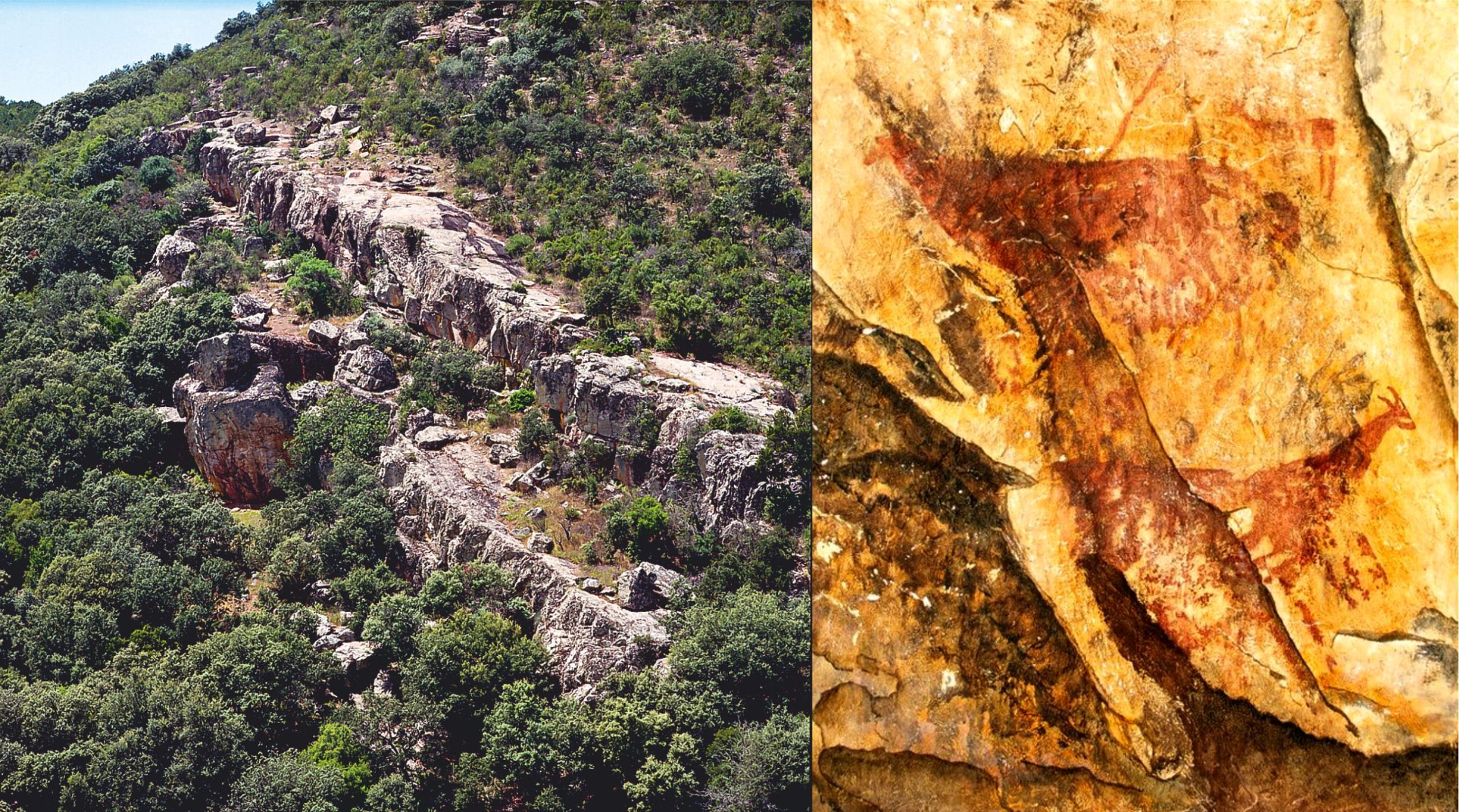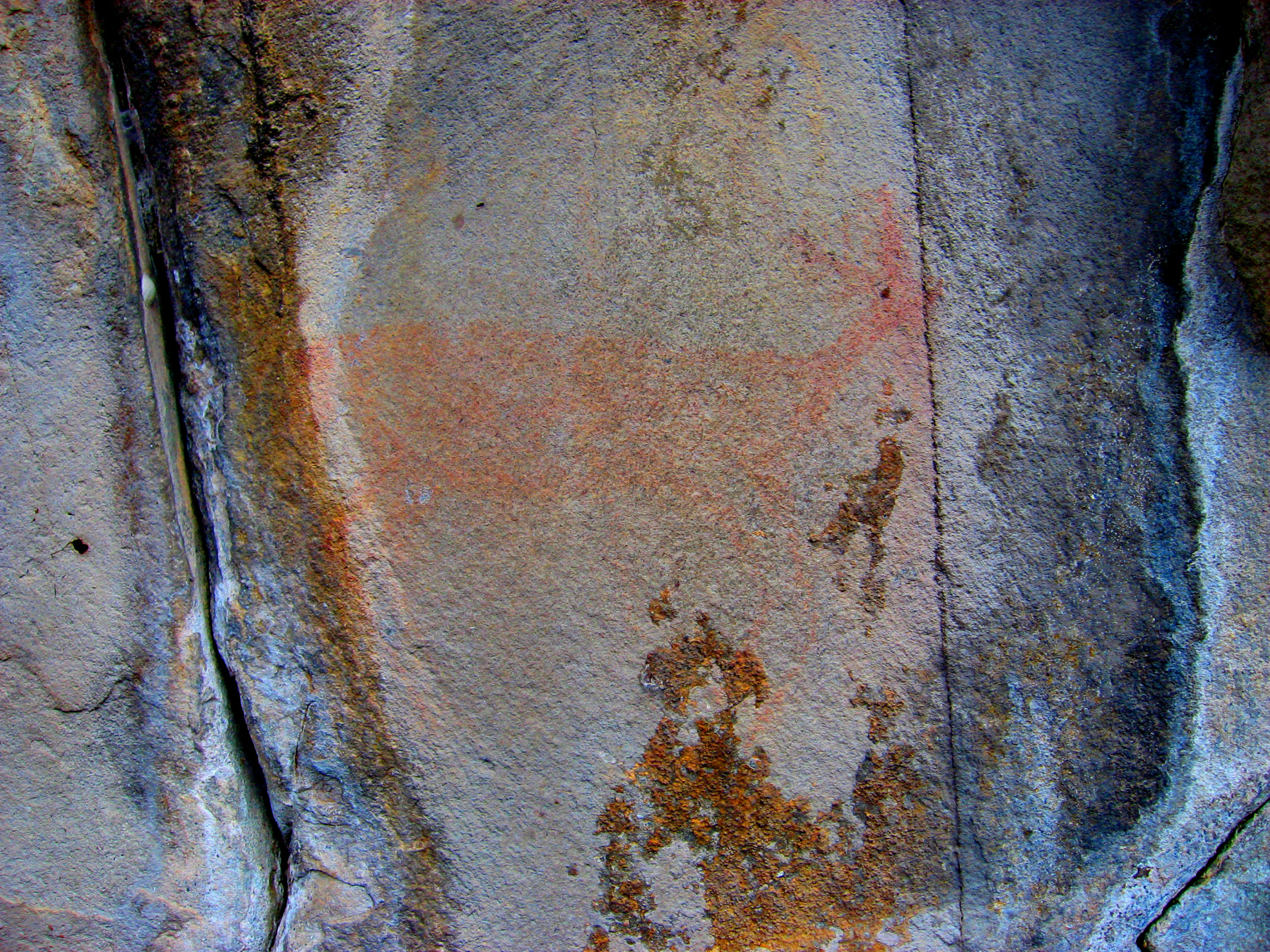Age of the artistic representations: The artistic representations found in the Tabla de Pochico Cave in Spain date back to the Upper Paleolithic period, which spans roughly from 40,000 to 10,000 years ago. This period is known for its significant advancements in human culture and art, particularly with the development of figurative art, which includes both paintings and engravings.
General description of the destination: The Tabla de Pochico Cave is situated in southern Spain, within a region rich in prehistoric and historic archaeological sites. The exact location is often kept undisclosed to protect the site from potential vandalism and looting. The cave comprises multiple chambers and passages, some of which may be decorated with prehistoric art. The cave’s dimensions and internal structure would have provided suitable shelter for prehistoric inhabitants.It is primarily formed from limestone, which is typical for many caves in the region. The limestone environment is conducive to the preservation of both organic and inorganic archaeological materials.
History of the site: The cave likely came to the attention of archaeologists in the early to mid-20th century, a period when many prehistoric sites in Europe were being systematically explored.
Continued archaeological work at the site has led to a deeper understanding of the prehistoric occupation of the cave. Researchers employ modern techniques such as radiocarbon dating, paleoenvironmental analysis, and digital documentation to study the cave’s artifacts and features.
Museographic resources description: the museographic resources associated with the Tabla de Pochico Cave are comprehensive and multifaceted. They include physical exhibitions, digital tools, educational programs, and publications that together enhance the understanding and appreciation of this important archaeological site. These resources aim to make the cave’s history accessible to a broad audience while ensuring its preservation for future generations.













